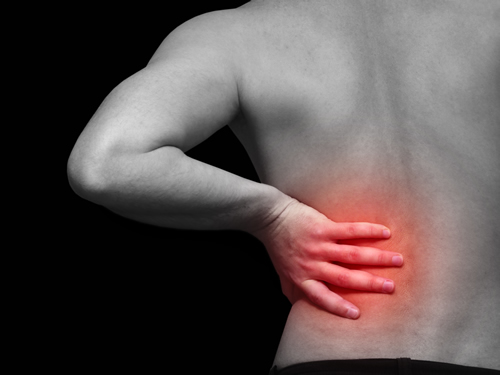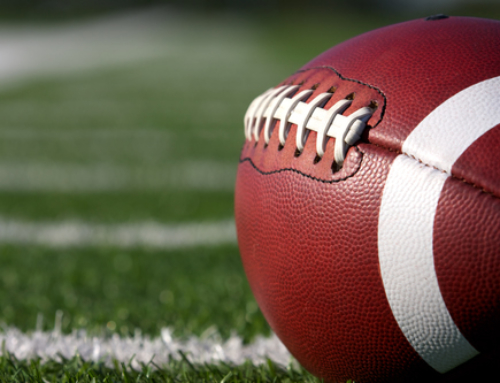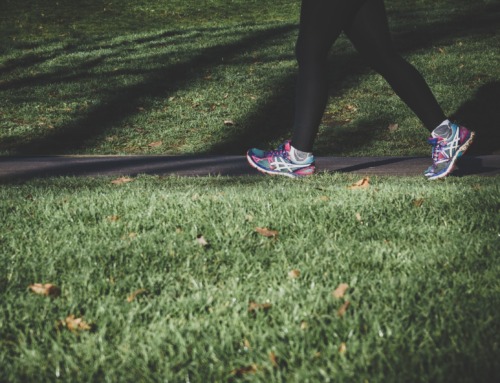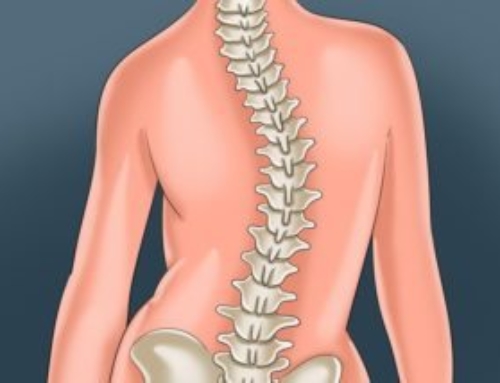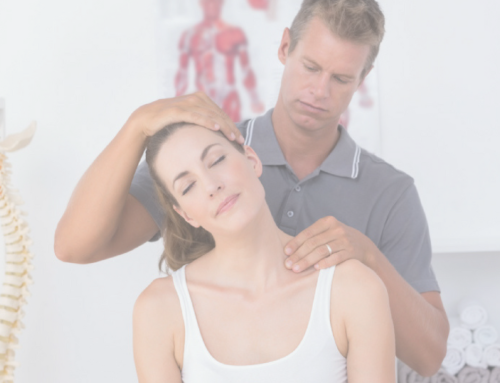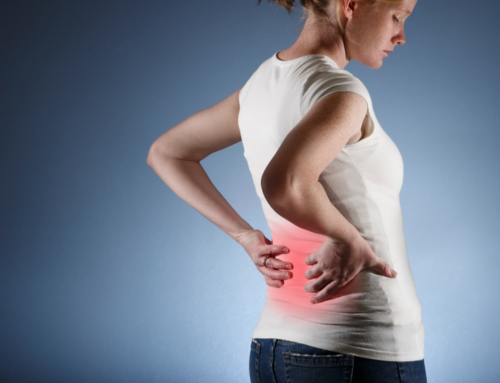If you have low back pain, or have had it, you are not alone. Experts estimate that around 80% of people will experience some type of back problem as some point in their lives. The Global Burden of Disease 2010 lists low back pain as the number one cause of disability worldwide. The good news is the majority of back pain is mechanical in origin or is not organic. This means that infection, cancer, fracture, inflammatory arthritis, and other serious conditions are not the cause. In fact, you may benefit by looking to your feet, knees and hips as the culprits.
The spine is the foundation for the body, supporting the spinal cord and the limbs. When there is a problem with any of the limbs it can affect the spine and vice versa. The intricate network of tendons, ligaments and nerves work together within the incredible machine that is the human body.
How the Feet Affect the Low Back
When there are problems with the feet, it can cause problems through the legs and all the way to the spine. This can cause the ankle to pronate, meaning it rolls inward. This alters the way the bones of the foot line up which extends through the tibia, or shin bone.
This can cause a condition called knock knees and it can change the way the entire body is aligned. This puts the body out of balance, destabilizing the spine, and can even cause the pelvis to tilt to one side or the other. When you are walking or standing, the stress caused by the misalignment it can create a domino effect, causing or contributing to low back pain.
How the Knees Affect the Low Back
One thing to remember when assessing pain in the body is that where it hurts may not be the source of the problem. It could be a symptom. Because of this, knee pain could be caused by a problem with your back and back pain could be caused by a problem with your knees.
It is important to take this type of pain at more than face value and do a little investigating to find the cause. That is why chiropractic is so beneficial in these situations.
If you see a chiropractor for your knee or back pain, he or she will assess your issues, talk to you about the pain you are experiencing and help you get to the root of your problem so that you can treat it and, in turn, help correct other associated issues. Knees connect the foot and spine so problems that affect the feet and ankles as well as the spine will very likely affect the knees and hips as well.
How the Hips Affect the Low Back
Muscle imbalances in the hip, such as tight hip flexors, can cause low back pain – or at least contribute to it. When the hip flexor muscles are too tight, is causes what is known as an anterior pelvic tilt.
In other words, the muscles cause an anterior pull on the pelvis. This affect posture and throws the entire lower body out of alignment. It can also affect the knees and feet if left untreated.
Hip flexors can become too tight if the person sits for extended periods of time or engages in activities like cycling and jogging. A chiropractor can guide you through exercises that will help release the tight muscles and stop the microspams that occur as a result.
He or she will also assess your knees, feet, and ankles to ensure that the issue has not through them out of alignment as well. Correcting the cause of the problem will often correct the associated issues and resolve the pain allowing you to return to your normal activities.
Photo by Apostolos Vamvouras on Unsplash

